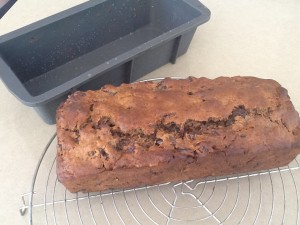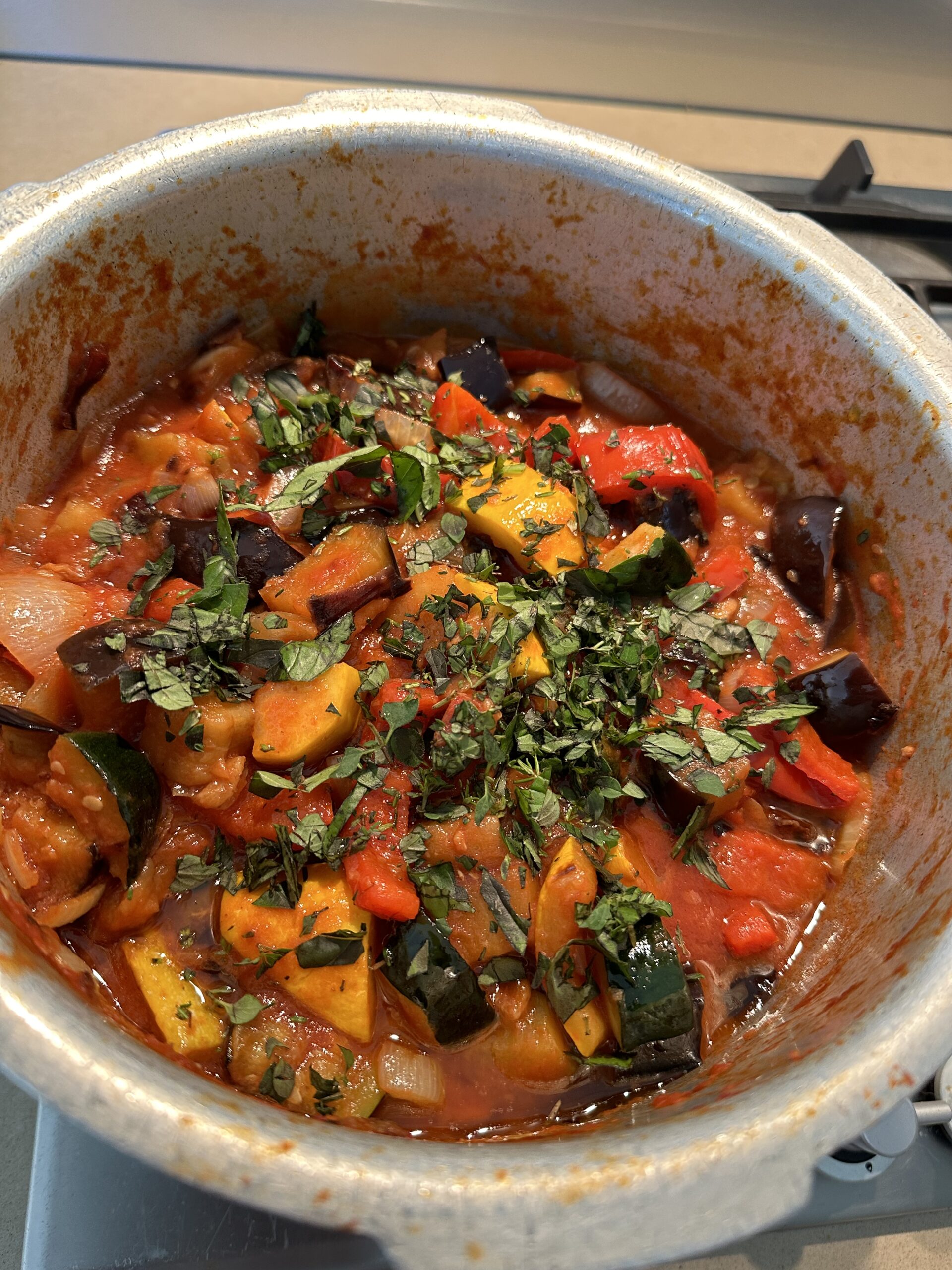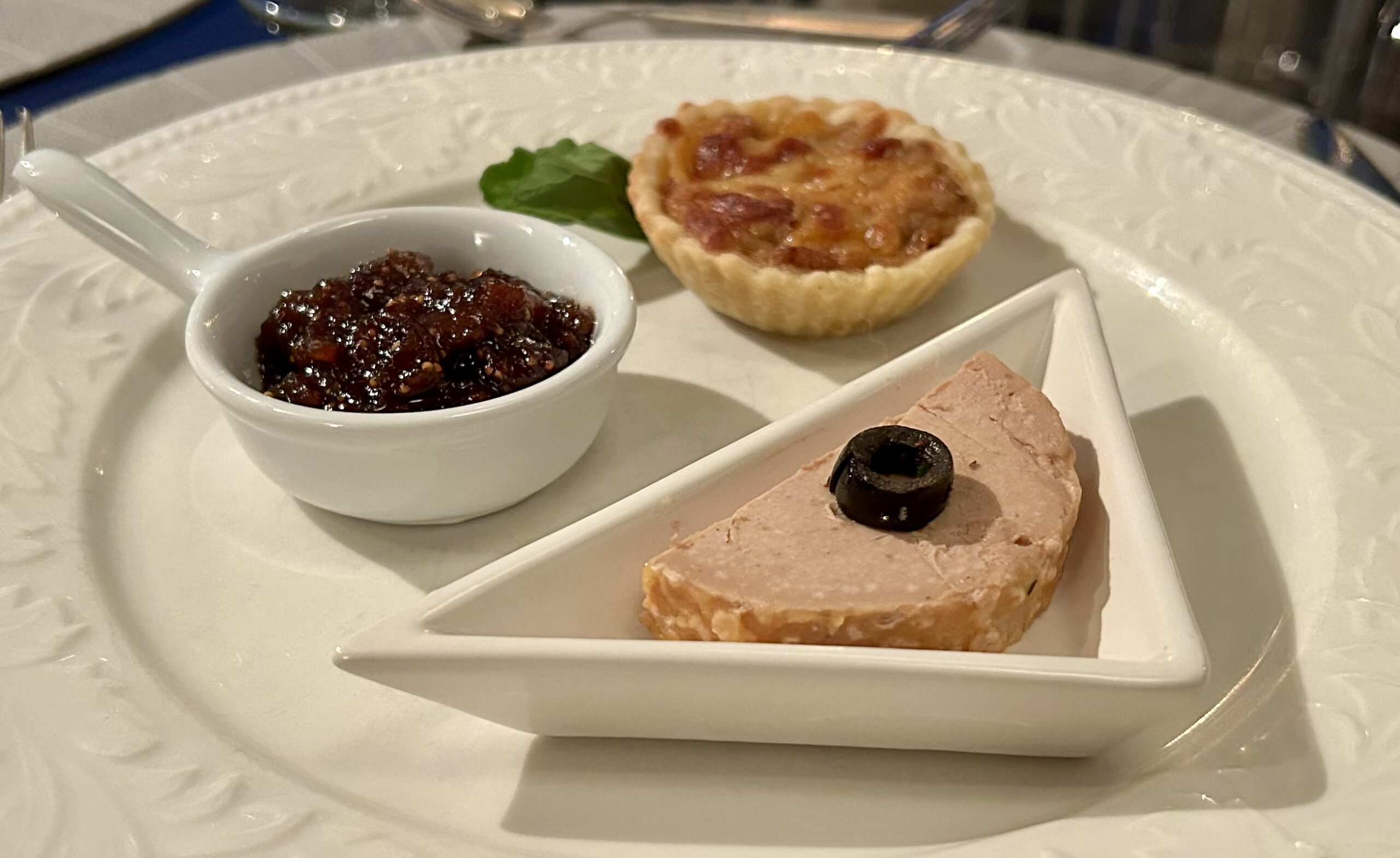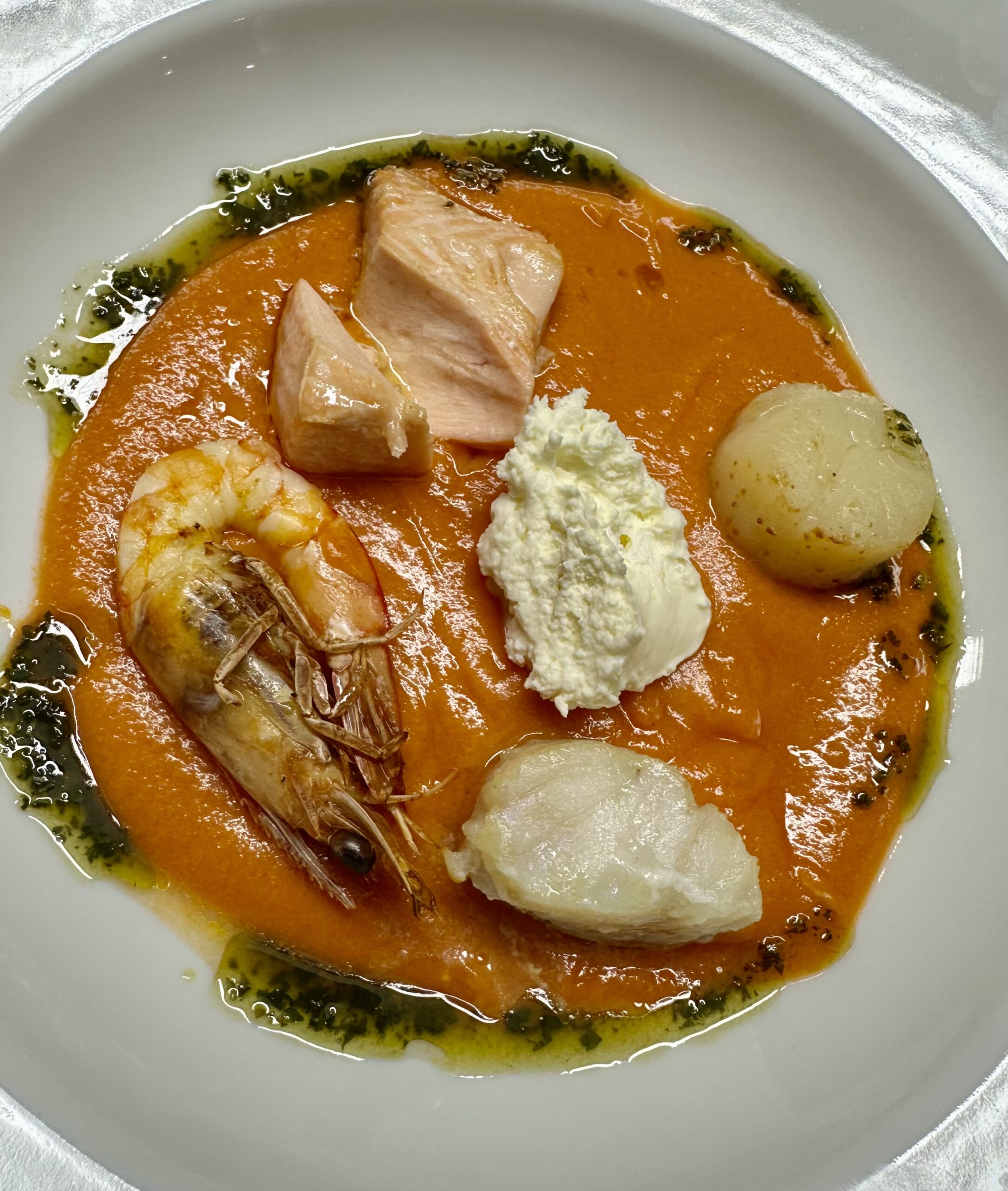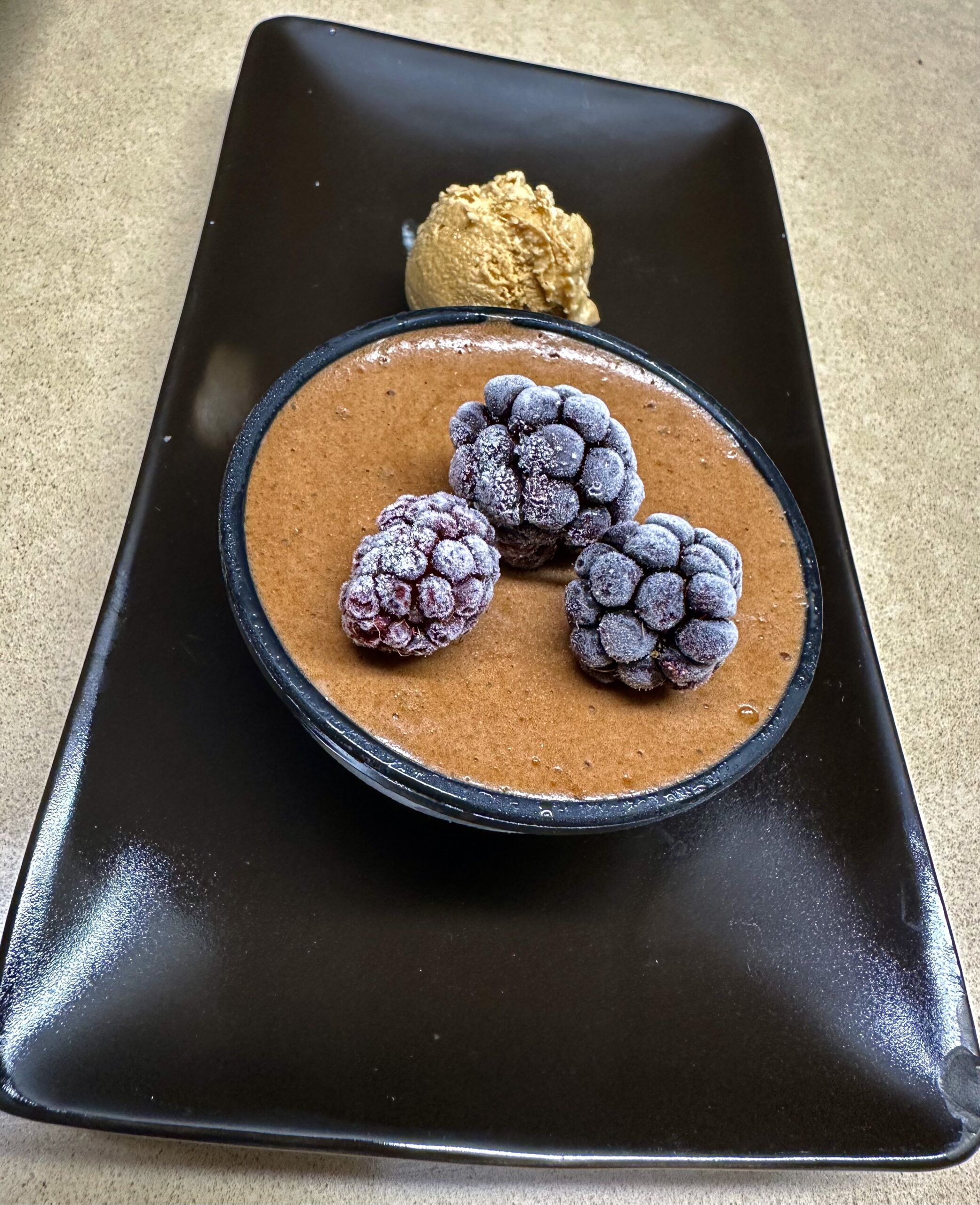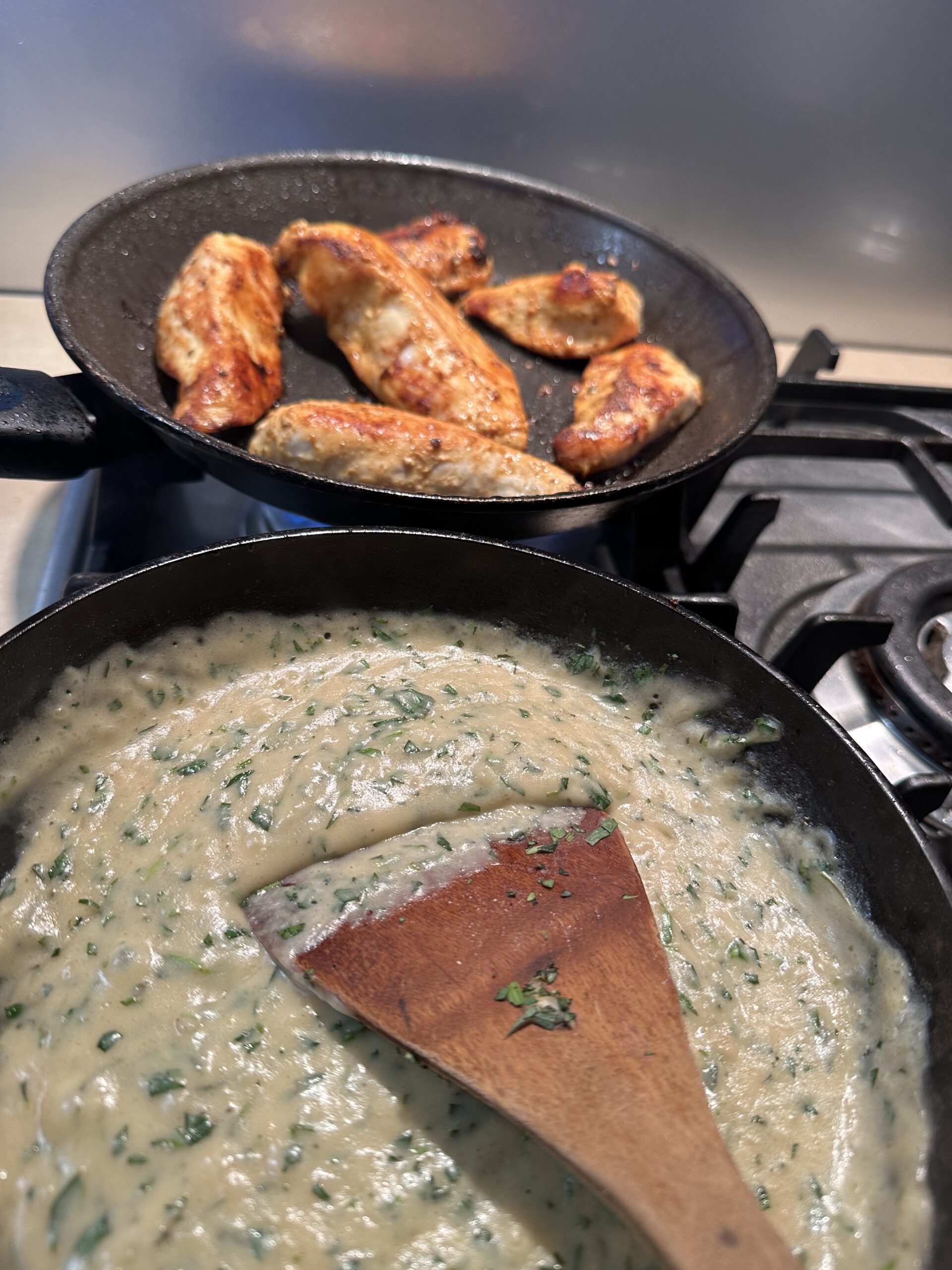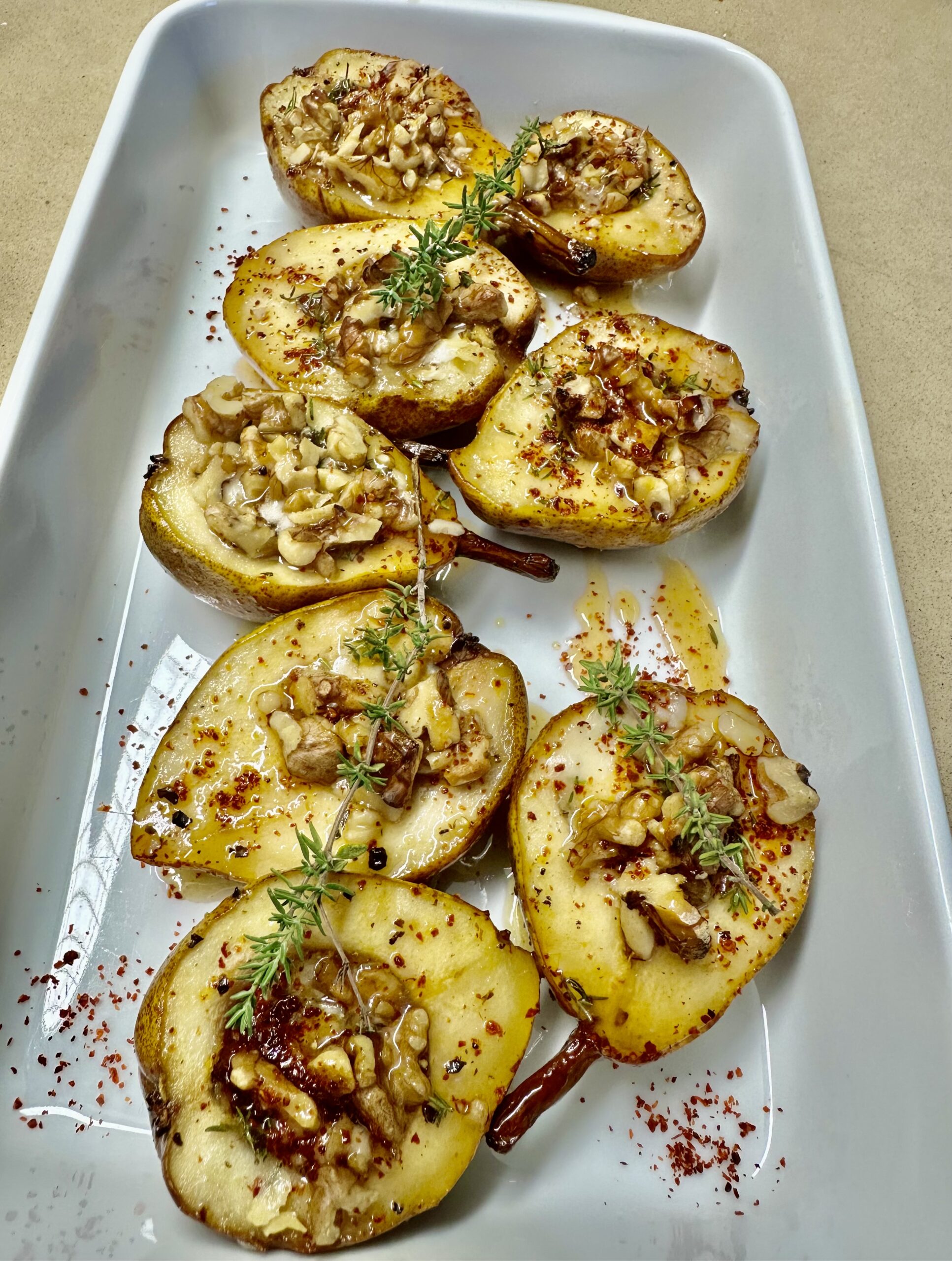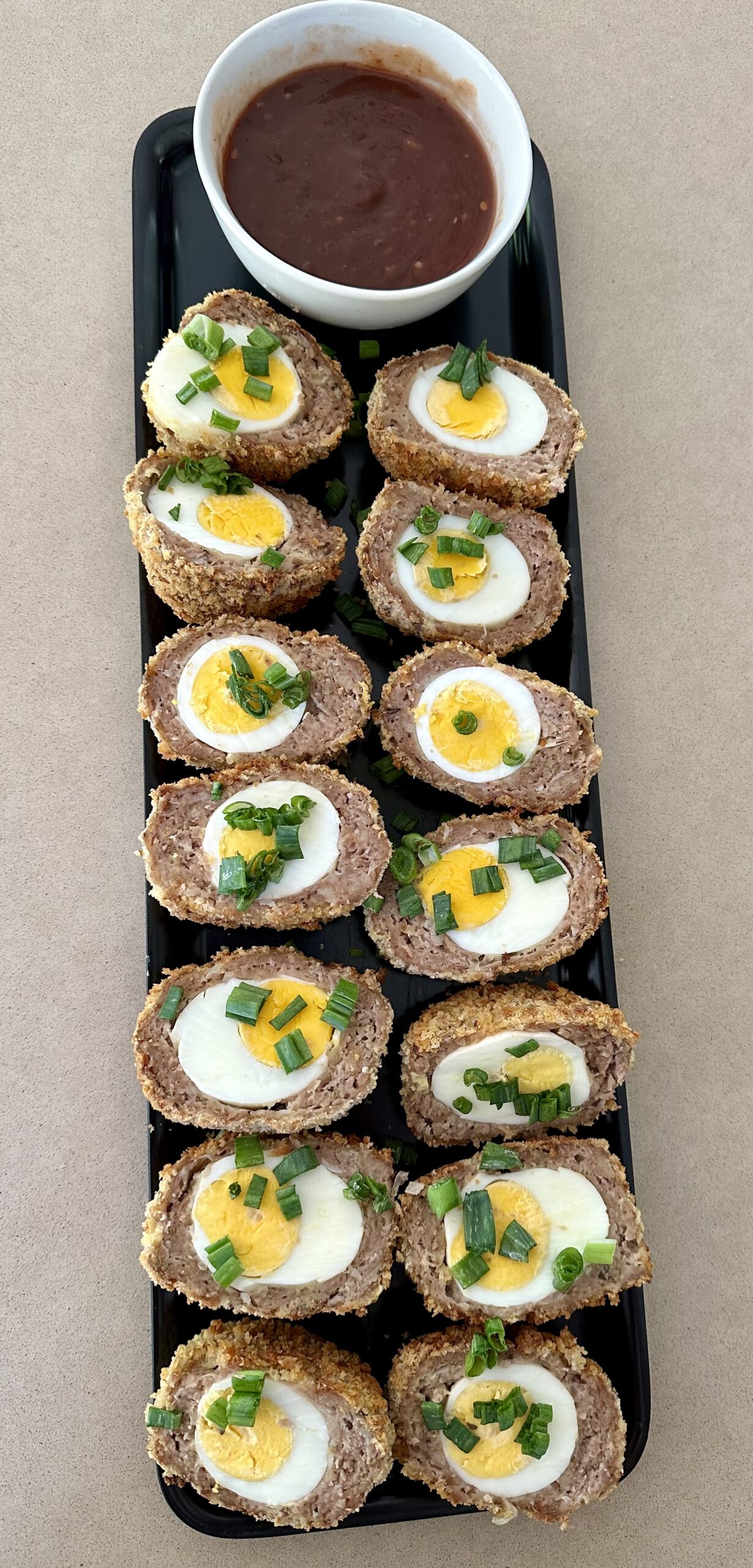On the 25th of April Australians and New Zealanders remember those who have lost their lives in military conflict. The date of Anzac day marks the anniversary of the landing in Gallipoli (Turkey) during the First World War, when many lives were lost. The acronym Anzac stands for the Australian and New Zealand Army Corps. Dawn services are held on this day in many countries, including France and Turkey.
Anzac biscuits were apparently sent by wives to soldiers abroad because they kept well during naval transportation. Nowadays they are made commercially, but many people make their own. There are some variations in the recipes so here is mine.

1 cup porridge oats
½ cup plain flour
½ cup self raising flour
1 cup sugar
¾ cup desiccated coconut
125g butter
2 Tbs golden syrup (see note below)
½ tsp bicarbonate of soda
1 Tbs boiling water
Preheat oven to 170°C. In a large bowl mix oats, flour, sugar and coconut. Place butter and golden syrup in a small saucepan and stir over gentle heat until melted. Mix soda with boiling water and add to the butter mixture, then mix into the dry ingredients.
Using your hands, place balls of about one tablespoonful of mixture on lightly greased oven trays, or trays lined with non-stick baking paper – 12 per sheet, not too close together as they will spread. Flatten them out slightly with a fork. Bake for 12-20 minutes, or until a nice honey-brown colour. Ovens vary. If you prefer them more chewy and less crunchy, remove from the oven a bit earlier. If on tins without paper, loosen while still warm, then cool on the trays. Store in an airtight tin.
Note: unless you live in Australia, New Zealand or the UK you may have difficulty finding golden syrup. There are some online sites which sell British ingredients. I have tried substituting honey but it’s not the same.

